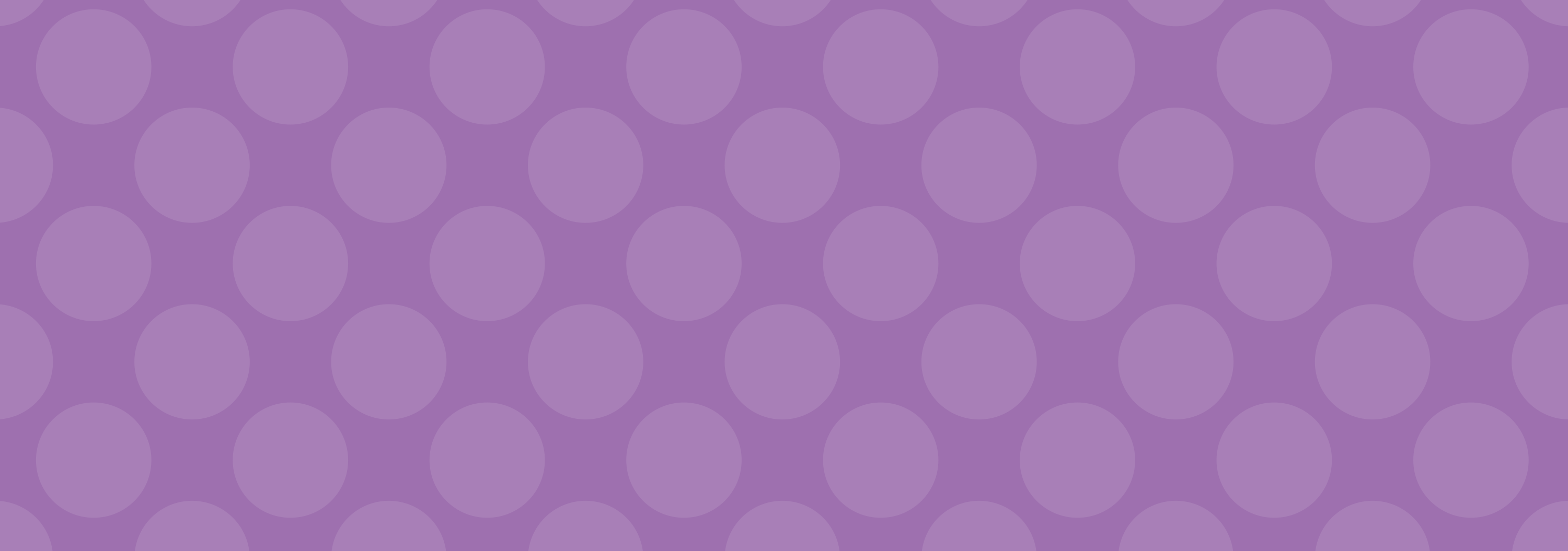Notes from a scientist on the current crisis
Over the past several months, the media have reported on a number of scientists’ work attempting to model how the pandemic will behave. Some of the research claims that the worst is over, or that we’re nearly at the end, by postulating that, for example, we’ve almost reached herd immunity or that (most recently, brought to my attention by @bourbakiaxiom) the U.S. is “only” going to have about 66,000-70,000 deaths and that the pandemic will have run its course in this country by the end of June.
I have a PhD in mathematics and I work doing statistical analyses in environmental epidemiology. I do not study infectious disease, but neither do a lot of the people doing these studies, and some of them may not know anything at all about epidemiology. This most recent scientific article was published in a math journal, not a medical or epidemiology journal.
If no epidemiologist is involved with the study, take the results with a very large grain of salt.
Sometimes these stories are reported in publications like the Financial Times. Your first thought upon seeing such an article in such a publication should be “who profits if people believe this?” If the study is used to support the “reopening of the economy”, corporations will recover faster but the death toll will skyrocket.
The conclusions of all of these studies are based on assumptions. Examine those assumptions.
Regarding this most recent study, it was based on data through April 28. It is now less than a week later and there have now been over 67,000 confirmed COVID-19 deaths in the US, meaning there should only be a maximum of 3000 more according to the article–but that seems impossible given that more and more new infections are being confirmed, and a vast number of those infected have not yet been counted as officially recovered. Note also that (a) testing is still far from universal, so the numbers that went into the model are questionable; (b) we do not know whether recovery confers immunity; © as the author acknowledges, any changes to shelter-in-place orders, social distancing, testing, contact tracing etc. would change the predicted death toll.
But also, it’s important to remember: we do not know very much about this virus yet. Scientists–including microbiologists, pharmacologists, epidemiologists, pulmonologists, vaccinologists, and others–are working around the clock to learn more, to figure out how to control the virus. Inevitably, because so much is unknown, there will not be complete agreement among scientists.
Remember: these optimistic articles are playing into what we want to hear. So, please consider carefully before reblogging or retweeting or sharing articles about the pandemic, or even before believing what you read. The scientific community is trying to get us through this, but it takes time to reach consensus and it’s important not to let popular belief go in a potentially deadly direction before the science catches up.
